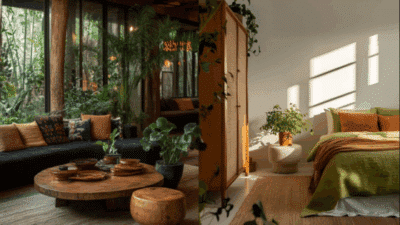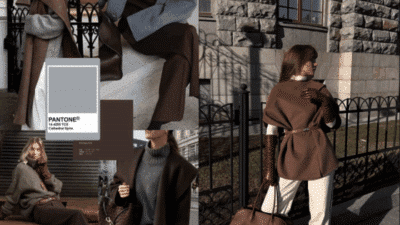

Your surroundings have the power to shape your mood, mindset, and creativity. From the color of your walls to the art on your shelves, every design choice influences how you feel in your space.
We believe that great design goes far beyond looks — it’s about creating spaces that tell a story, evoke emotions, and nurture a sense of balance and inspiration.
Whether you’re setting up a minimalist home office, a cozy corner for reading, or an open-concept living area, intentional design can transform an ordinary room into a reflection of your creativity and lifestyle.
The Art of Intentional Design


Intentional design is about purpose — every color, texture, and object should add value to your experience. When thoughtfully curated, your home becomes a space that sparks inspiration and feels unmistakably yours.
1. Color Palette: The Mood Setter
Colors influence mood and productivity. Soft neutrals like beige, blush, and cream encourage calm, while deep greens or blues can help focus the mind. Want energy and excitement? Add a pop of mustard, coral, or teal through cushions, rugs, or wall art.
2. Textures That Ground the Space
Natural materials such as rattan, linen, and unfinished wood add warmth and depth. Layering textures — like a chunky knit throw over a sleek velvet sofa — can create visual interest while keeping the space comfortable and inviting.
3. Lighting: The Unsung Hero of Design
Lighting transforms mood and dimension. A combination of ambient, task, and accent lighting can bring your interiors to life. Use pendant lights for personality, warm bulbs for coziness, and LED strips to highlight décor.
When these design elements work in harmony, your home doesn’t just look good — it feels good.
Curating a Lifestyle, Not Just a Look


True design isn’t about following trends; it’s about building a lifestyle that feels authentic to you. A thoughtfully designed space should align with how you live, create, and unwind.
- Minimalist Mindset: Keep only what you love. Simplifying your surroundings brings clarity and peace.
- Bohemian Influence: Mix colors, patterns, and plants to reflect creativity and freedom.
- Modern Comfort: Clean lines, open layouts, and smart organization enhance both functionality and elegance.
When your home reflects your personality and habits, it becomes a supportive environment for your mental and emotional well-being.
Personal Touches That Make a Home Feel Alive
A home is a canvas waiting for your personal expression. Add character through objects that hold meaning — artwork from local creators, travel souvenirs, or handmade ceramics.
Design and lifestyle often overlap, and for many people, creativity doesn’t stop at their home décor — it extends to how they express themselves daily. That’s where brands that embrace individuality come in. For example, Everything420 celebrates personal style and freedom of expression through its fun, artistic collection of lifestyle and smoking accessories.
Whether it’s uniquely designed glassware, statement pieces, or playful accessories, these items add a touch of creativity and personality to everyday life. For design lovers who value authenticity and individuality, such pieces can complement the aesthetic of a modern, expressive home — bridging the gap between lifestyle and art.
Designing for Sustainability
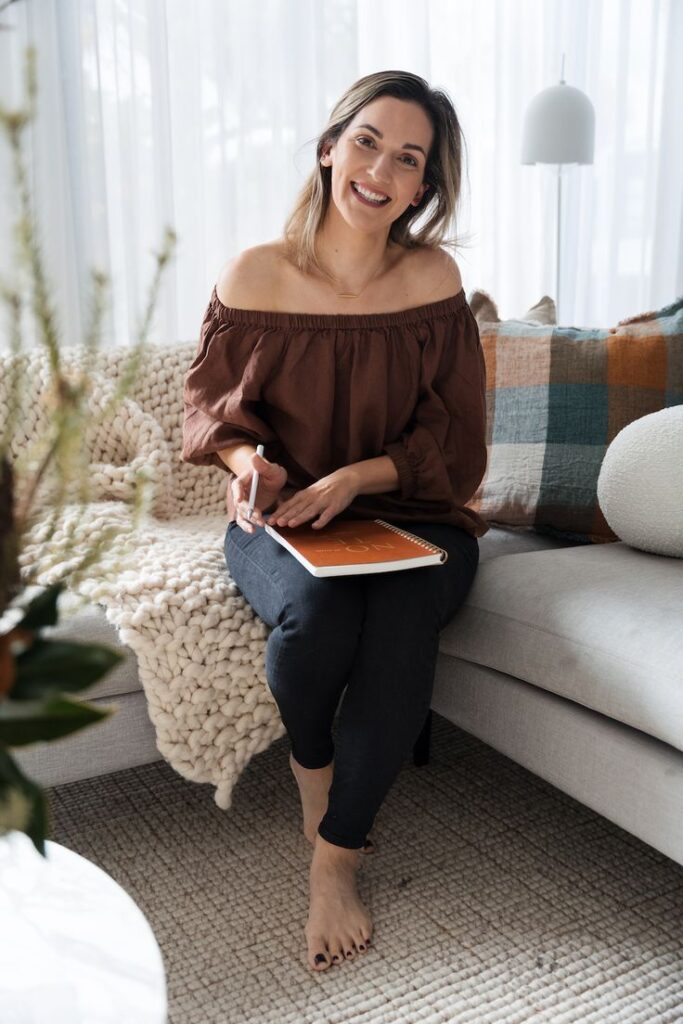

As design trends evolve, one constant remains: the importance of sustainability. Conscious living and eco-friendly design are becoming essential elements of modern interiors.
Simple Sustainable Design Tips
- Use reclaimed materials for furniture and shelving.
- Shop from small artisans who prioritize ethical craftsmanship.
- Upcycle old décor to reduce waste and save money.
- Introduce greenery with indoor plants — they purify air and add life to your interiors.
Sustainability in design isn’t just good for the planet — it adds depth, story, and soul to your space.
How Environment Shapes Creativity and Calm
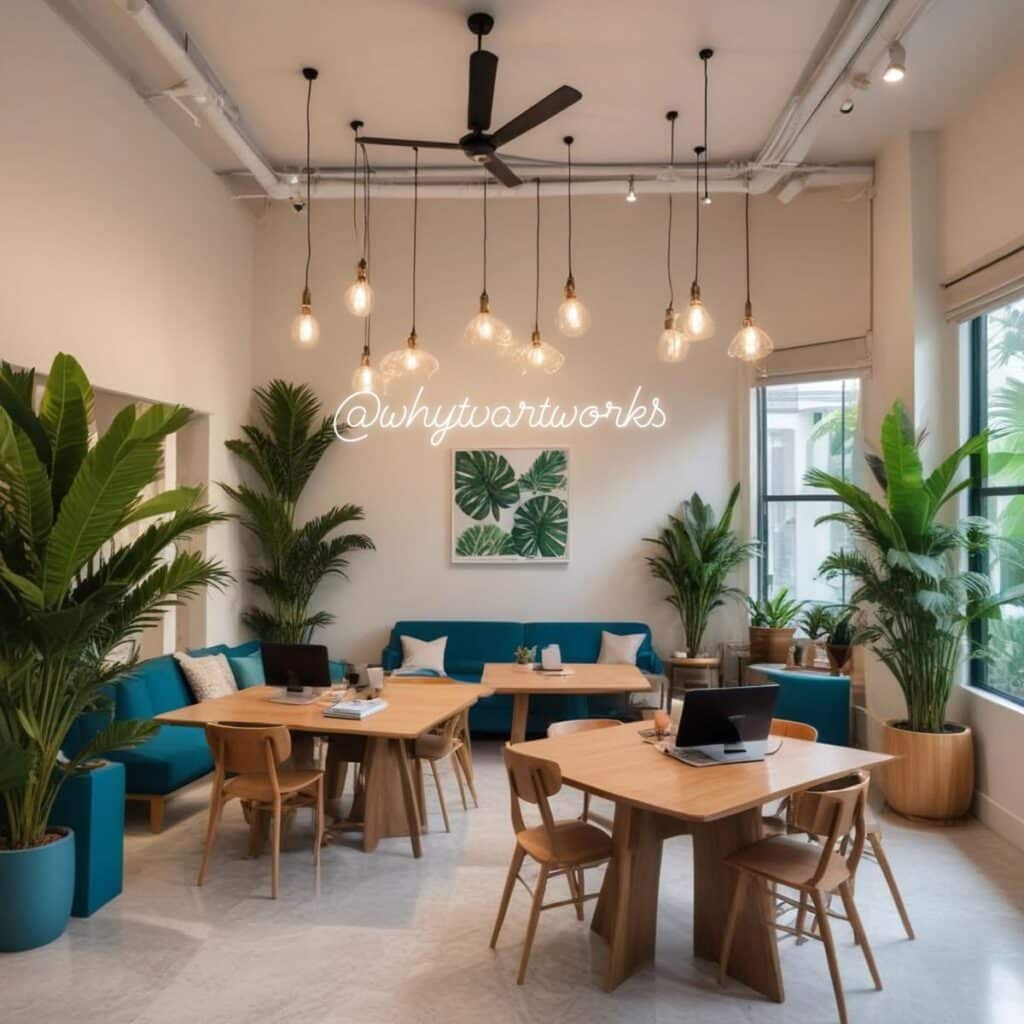
There’s a strong connection between our surroundings and our mental state. A cluttered, poorly lit environment can drain energy, while a well-organized, balanced space boosts focus and calm.
Design psychology suggests that natural light, symmetry, and organic materials can increase feelings of happiness and creativity. Consider creating zones in your home — a cozy reading nook, a creativity corner for hobbies, or a meditation space with soft lighting and plants.
Your home should evolve with you — growing, changing, and adapting as your life and passions do.
Mixing Functionality and Beauty
Functionality doesn’t mean boring design. A well-designed home balances practical use with style. Invest in multi-functional furniture, like coffee tables with storage or modular shelves that display art while organizing clutter.
Smart design also involves flow — how you move through your space. Keep pathways open, furniture balanced, and lighting layered to make your home intuitive and effortless to navigate.
Creating Mood with Décor

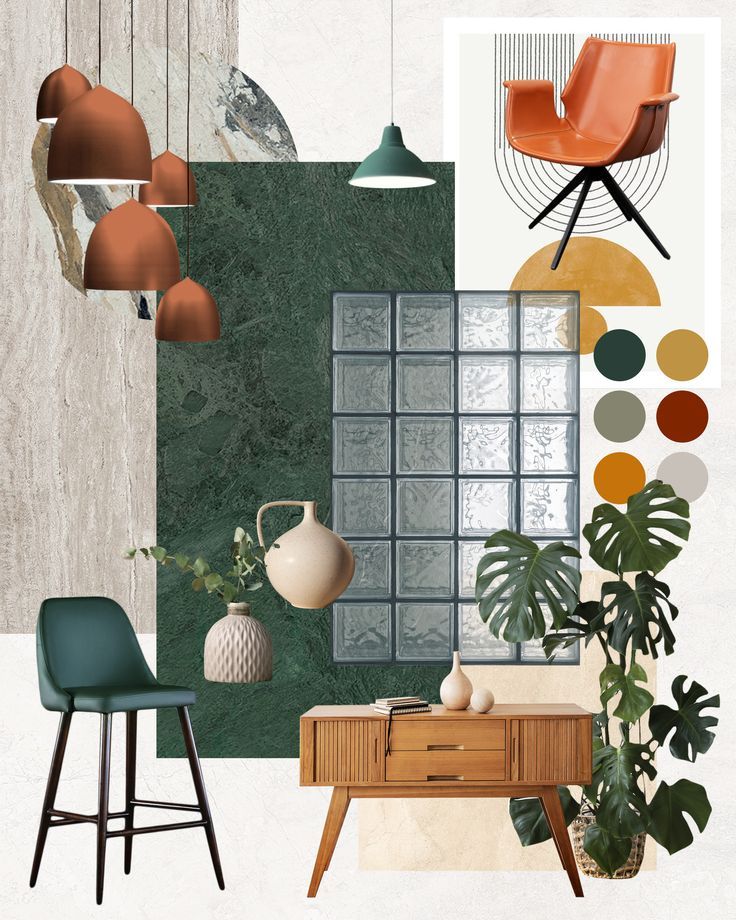
Small design changes can have a big impact. Try these mood-enhancing tips:
- Scent: Use candles, diffusers, or incense to create atmosphere.
- Sound: Play ambient music or nature sounds to relax.
- Art: Display visuals that inspire joy or curiosity.
- Lighting: Dimmers and warm bulbs make evenings feel soft and welcoming.
A mindful combination of sight, scent, and sound can transform any room into a haven for creativity and comfort.
Final Thoughts: Design a Space That Reflects You
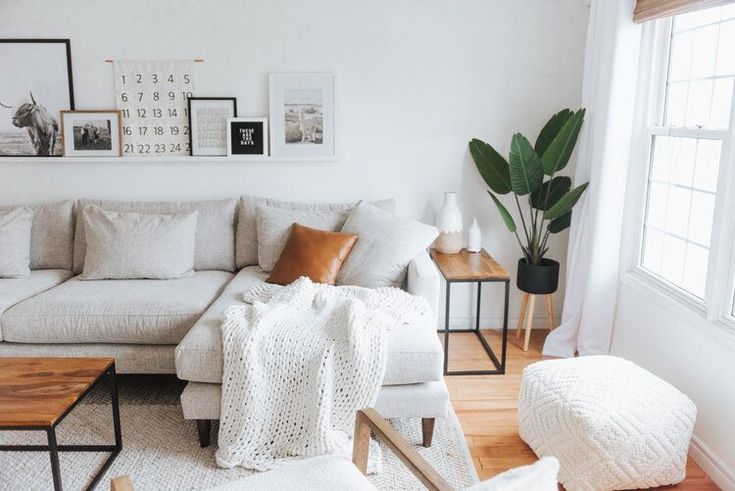
Design is personal. It’s the art of turning your imagination into a living space — one that reflects your story, your passions, and your lifestyle.
At Sky Rye Design, we believe great design goes beyond aesthetics; it’s about emotion, balance, and meaning. By combining sustainable choices, personal touches, and creative inspiration from platforms like Everything420, you can design spaces that truly represent who you are — unique, expressive, and endlessly creative.
So go ahead — design with intention, live with purpose, and let your home be a daily source of inspiration.
- 5shares
- Facebook0
- Pinterest5
- Twitter0

